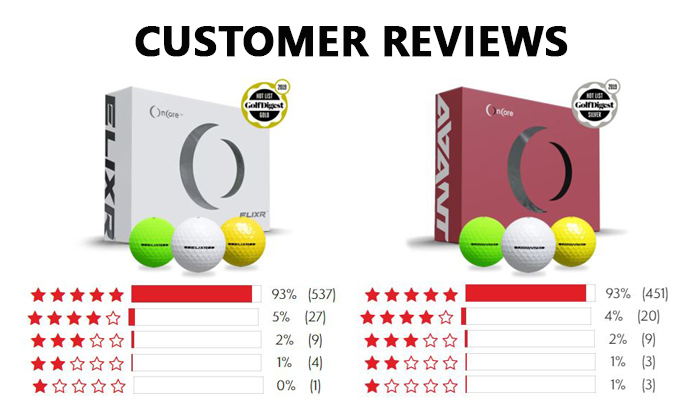500 microseconds. That’s the amount of time that a driver clubface compresses a golf ball. No, it’s not a lot of time, but it is a concept that garners a great deal of media attention. Why? Because golf ball compression leaves golfers wondering how to determine the best golf ball for them.
Well sit back and smile, because we are going to share those secrets with you, and you’ll finally be able to pick the proper ball for your swing speed and your skillset.
Here is a departure point: golf balls compress when struck by you. How fast you swing will determine how much you compress the ball, and how far the ball subsequently goes. Companies market their golf balls to the entire spectrum of swing speeds, so if you are a data nut, you can find the precise ball for the precise swing on a precise day, under precise conditions … precisely!
For those who don’t overthink matters, let’s keep it simple and break it down. If you are a slow swinger (under 90 mph with driver) you should use a low-compression ball. Why? Your swings with every other club get slower, based on the smaller arc you create with increasingly-shorter shafts. Oh, right! The wedge shafts are way shorter than the driver shaft, so physics tell us that the speed will be less. If you play in cooler or cold weather, the softer ball will not make your hands ache on less-than-perfect hits, and it will compress more than the high-compression one.
Let’s continue. For those who rip the driver at speeds higher than 100 mph, you should definitely have the higher-compression ball. With a low-compression ball, unless it’s stone-cold cold out, you lose a bit of distance with the softer ball. How about those between 90 and 100 mph driver speed? Simple. Choose the ball you like more.
Our recommendation: OnCore Golf. They have two choices that we believe will have major impact on your game. OnCore ELIXR (medium compression) and OnCore Avant 55 (low compression).
The reviews speak for themselves.
Check them out ===> OnCore Golf Balls with an Exclusive GolfersRx Discount



